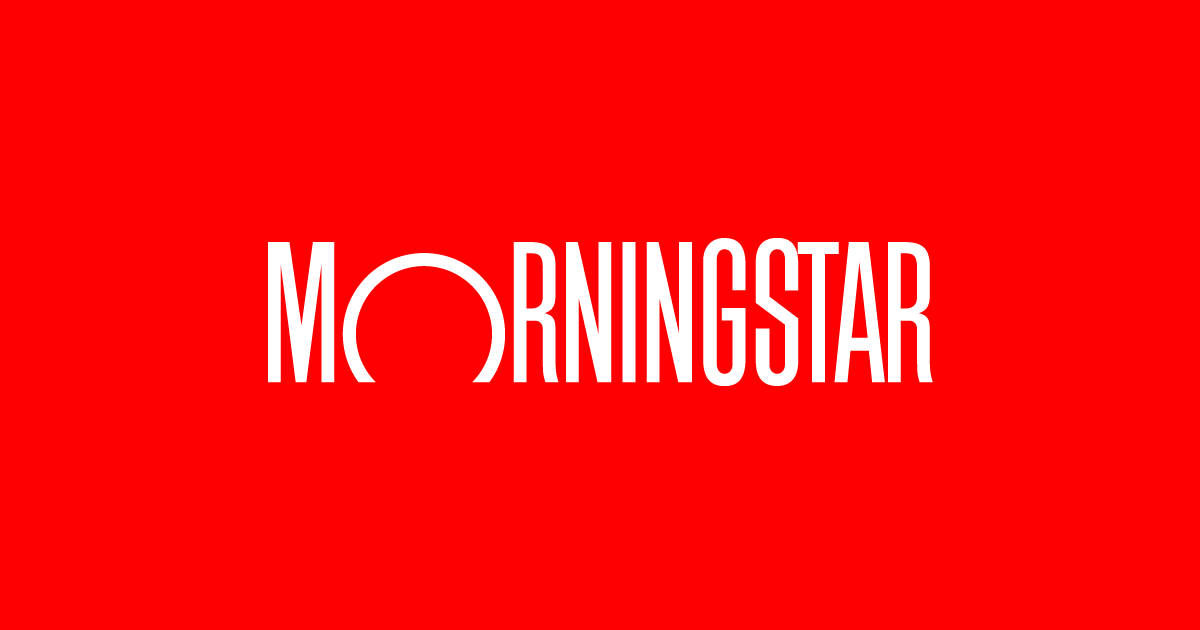Most mutual funds don’t beat the market

By Mark Hulbert
The S&P 500 is a high bar for fund managers. The Dow? Not as much.
An actively managed fund will always underperform an index comprised of the stocks from which the fund selects.
Did your mutual fund beat the market last year? The answer isn’t clear, since it depends on how you define “the market.”
Consider the nearly 3,900 actively managed U.S. equity mutual funds and exchange-traded funds tracked by investment researcher Morningstar. In calendar 2024, just 13.2% of these investments beat the S&P 500 SPX. Their average gain was 13.5%, barely half the 25% return of the S&P 500.
Yet compared to other indexes, fund managers did better, as you can see in the chart below. For example, 38% topped the Dow Jones Industrial Average DJIA, while 46% outdid the equal-weight version of the S&P 500 XX:SP500EW, and 53% of funds did better than the Russell 2000 RUT.
Still, you should be skeptical of funds and investment advisers who do “benchmark shopping.” An indisputable investment truth is that an actively managed fund will always underperform an index comprised of the stocks from which the fund selects.
This conclusion comes from economist William Sharpe, the 1990 Nobel Prize laureate in economics. In a now-famous article entitled “The Arithmetic of Active Management,” Sharpe presented two imaginary omnibus portfolios: One contains all broad-market index funds, and the second contains the portfolios of all those who try to beat the market.
Together, these two portfolios comprise “the market.” Since the index-fund portfolio by definition is identical to the market, the second one must be as well, and before trading costs these two portfolios’ returns will be the same. But since active managers’ higher costs are deducted from performance, the average actively managed portfolio will lag the market.
Sharpe noted the “embarrassingly simple” rationale, which, he added, “uses only the most rudimentary notions of simple arithmetic.”
As Sharpe explained: “The costs of actively managing a given number of dollars will exceed those of [investing in an index fund]. Active managers must pay for more research and must pay more for trading. Security analysts (e.g. the graduates of prestigious business schools) must eat, and so must brokers, traders, specialists and other market-makers. … It follows that the after-cost return from active management must be lower than that from [investing in an index fund].”
Note that Sharpe’s argument also holds for active managers who focus only on a particular sector of the market – such as large or small cap, or growth or value. Provided that the benchmark against which these focused managers are compared contains the same set of stocks from which those managers buy and sell, then Sharpe’s overall argument still holds.
A corollary of Sharpe’s argument is that active management is a zero-sum game. To the extent an active manager beats the market, then one or more other active managers must lose.
This zero-sum game should give investors in actively managed funds great pause. While it’s human nature for each of us to think we’re smarter than the next guy, we need to remember who is on the other side of the trade when we buy or sell. It used to be that your opponent was human; today, it’s almost certainly an AI-informed supercomputer. The odds of a human being able to outwit that computer are slim.
Mark Hulbert is a regular contributor to MarketWatch. His Hulbert Ratings tracks investment newsletters that pay a flat fee to be audited. He can be reached at mark@hulbertratings.com.
More: High five or high dive? What we know about stock returns in years ending in ‘5.’
Plus: These tips for investing in mutual funds and ETFs can guide your money decisions
-Mark Hulbert
This content was created by MarketWatch, which is operated by Dow Jones & Co. MarketWatch is published independently from Dow Jones Newswires and The Wall Street Journal.
(END) Dow Jones Newswires
01-18-25 1253ET
Copyright (c) 2025 Dow Jones & Company, Inc.
Source







